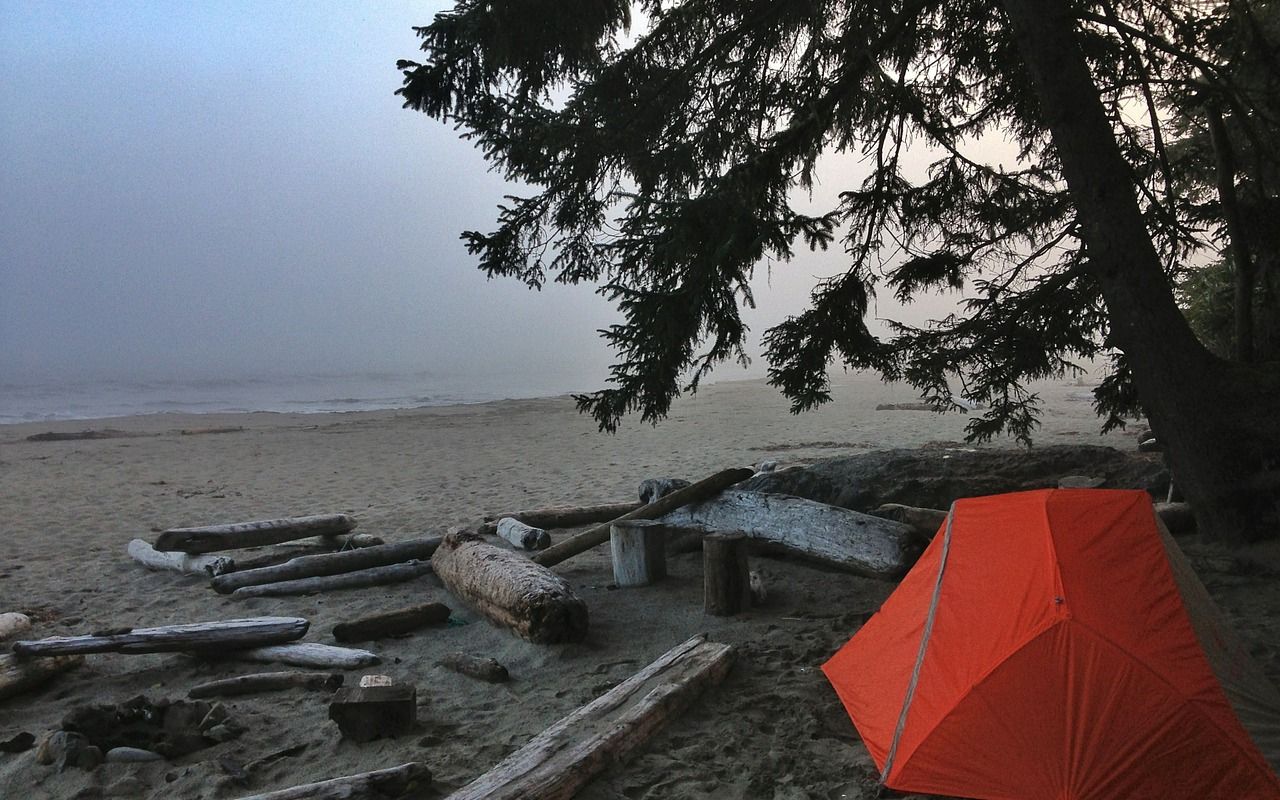
We have some delicious organic blueberries in the Produce Department right now, some of the sweetest of the year so far. They’re from California, but the price makes them a great choice for all the grilling you’re going to do this Memorial Day Weekend.
What? Grill blueberries? Oh, yes. Here’s a simple, tasty recipe for fruit cobbler on the grill — or, better yet, cobbler on a campfire — that will wow your friends or camping mates this weekend.
Grilled Peach & Blueberry Cobbler
4-6 servings
Ingredients:
 3-4 medium-sized ripe peaches, pitted and halved
3-4 medium-sized ripe peaches, pitted and halved
Olive oil or melted unsalted butter for the fruit
4 tablespoons unsalted butter for cast iron pan
1 cup all-purpose flour
1 cup brown sugar, sucanat, turbinado sugar, honey, syrup, or other favorite sweetener
1 ½ teaspoons baking powder
1/8 teaspoon baking soda
1/8 teaspoon sea salt
1 cup buttermilk
1 cup blueberries (or whichever berries are local, in-season)
A cast-iron skillet, especially if you’re grilling/cooking on a campfire
Directions:
Stoke a grill or campfire to medium-high heat.
Cover both sides of peaches with olive oil, melted butter, or other fat to keep peaches from scorching too much; place on grill (or in cast iron skillet if you’re cooking on a campfire), cut-side down, cover, and cook until charred/softened, 4 to 5 minutes per side — less if the peaches are quite ripe.
Once the peaches are grilled/cooked, transfer to a cutting board with a spatula and, when cool to the touch, cut the halves into slices.
Put the butter in a 10- to 12-inch cast-iron skillet and place it on the grill to melt butter.
Mix flour, sugar, baking powder, baking soda, and salt in a medium bowl until well-mixed. Add buttermilk; whisk it up.
Once butter is melted, pour batter from bowl into in cast iron skillet; do not mix with the butter. Scatter the grilled fruit and berries over the batter beautifully (do not mix this either. Arrange stunningly and lovingly.)
Cover pan with foil and grill cobbler until the juices are bubbling and the batter is golden, about 45 minutes on a grill — maybe an hour on a campfire.
Let cool for 5 minutes before serving.
Serve with a fruity stout by the lake.
